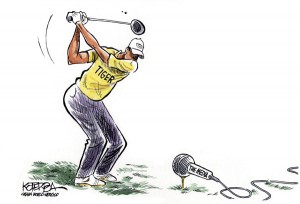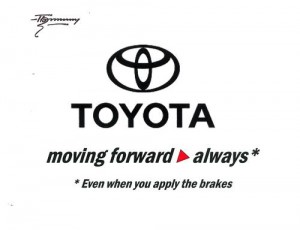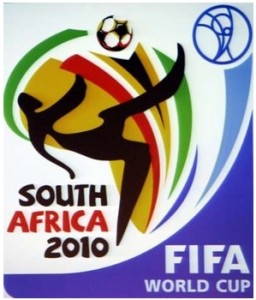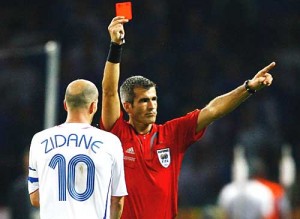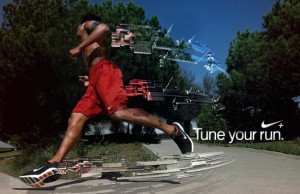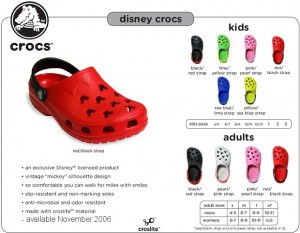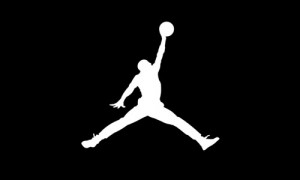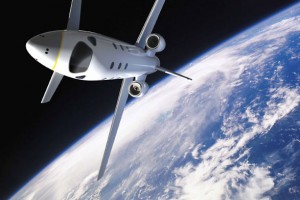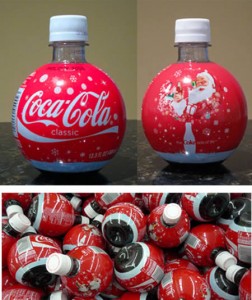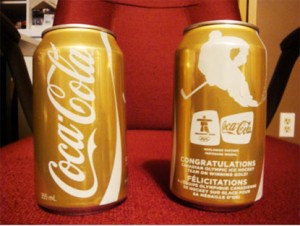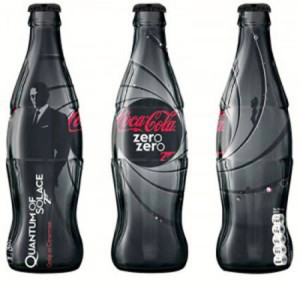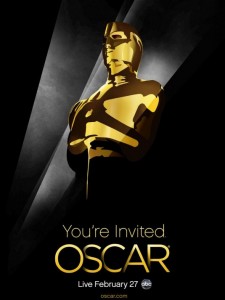It has been 3 months since our first COMM 296 lecture. During the 3 months, I learned a lot from this interactive and interesting course. COMM 296 did help me shape my thinking in a number of ways:
1. Think about the whole picture. During the course, we learned a couple of ways to see the whole picture of the market environment: Intermediary environment analysis, CDSTEP framework, market research. Business-wise or nonbusiness-wise, we should always use these “magnifiers” to gain insight into the general environment before making any decisions.
2. Always have a long-term orientation. I learn from COMM 296 that a good marketing strategy always plans for the future. Therefore, it is crucial to engage in relationship marketing (maintain good relationship with consumers) and prepare for changes in the future (such as repositioning). While making decisions (not only marketing decisions), we should always consider the impact of the decision in the long run.
3. Be creative and practical. While our team was doing our marketing assignment, we came up with many creative ideas from the perspective of Starbucks. We examined these ideas carefully and many of which are dropped because it is difficult for consumers to accept such ideas. In reality, creativity and feasibility should be equally important. A fancy idea would be useless if it is never going to work out.
Comm 296 is not an easy course, for sure. We have to learn to use twitter in class, update blogs regularly, take part in various marketing studies. Our team also went through stages where we lack understanding of each other but eventually we achieved our goals by working cohesively with each other. On the very last day of presentation, when we sent E-mails to each other saying how we enjoy being a part of this team, I know all efforts are worthwhile. Yes, COMM 296, where amazing happens.
